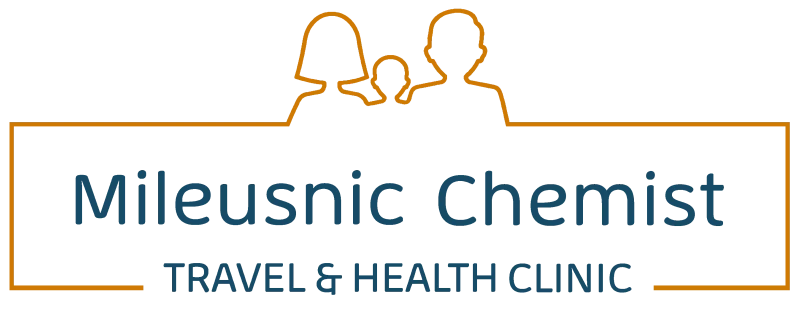
You'll usually be transferred to a specialist neurosciences unit if a subarachnoid haemorrhage is suspected.
These units have a range of equipment and treatments to support many of the body's vital functions, such as breathing, blood pressure and circulation.
If your condition is severe, you may be transferred to an intensive care unit (ICU).
One of the main complications of a subarachnoid haemorrhage is secondary cerebral ischaemia.
This is where the supply of blood to the brain becomes dangerously reduced, disrupting the normal functions of the brain, causing brain damage.
You'll usually be given a medicine called nimodipine to reduce the chances of this happening.
This is normally taken for 3 weeks, until the risk of secondary cerebral ischaemia has passed.
Side effects of nimodipine are uncommon but can include:
Medicine can be effective in relieving the severe headache pain associated with a subarachnoid haemorrhage.
Commonly used pain-relieving medicines include morphine and a combination of codeine and paracetamol.
Other medicines that may be used to treat a subarachnoid haemorrhage include:
If scans show that the subarachnoid haemorrhage was caused by a brain aneurysm, a procedure to repair the affected blood vessel and prevent the aneurysm from bursting again may be recommended.
This can be carried out using one of 2 main techniques. The type of procedure used will depend on your health and the aneurysm's position. Both are carried out under general anaesthetic, meaning you'll be asleep throughout the operation.
A thin tube called a catheter is inserted into an artery in your leg or groin.
The tube is guided through the network of blood vessels into your head and into the aneurysm.
Tiny platinum coils are then passed through the tube and into the aneurysm. Once the aneurysm is full of coils, blood cannot enter it.
This means the aneurysm is sealed off from the main artery, preventing it growing or rupturing again.
A cut is made in your scalp (or sometimes just above your eyebrow) and a small flap of bone is removed so the surgeon can access your brain. This type of operation is known as a craniotomy.
When the aneurysm is located, a tiny metal clip is fitted around the base of the aneurysm to seal it shut. After the bone flap has been replaced, the scalp is stitched together.
Over time, the blood vessel lining will heal along where the clip is placed, permanently sealing the aneurysm and preventing it growing or rupturing again.
Whether clipping or coiling is used depends on things such as the size, location and shape of the aneurysm.
Coiling is often the preferred technique because it has a lower risk of short-term complications such as seizures than clipping, although the long-term benefits over clipping are uncertain.
People who have the coiling procedure usually leave hospital sooner than people who have the clipping procedure, and the overall recovery time can be shorter.
But when these types of surgery are carried out as an emergency procedure, your recovery time and hospital stay depend more on the rupture's severity than the type of surgery used.
Sometimes surgery may not be advisable because it's considered too risky. This is called conservative treatment or management.
Whichever treatment you have, you will need to be closely monitored for some time to avoid complications.